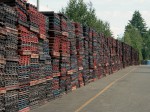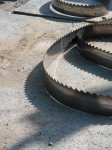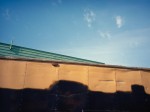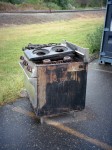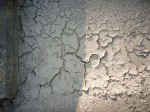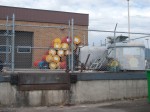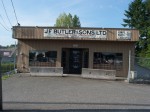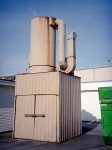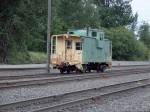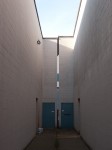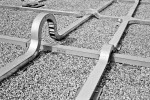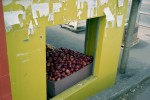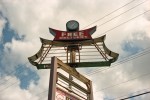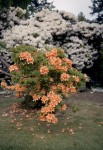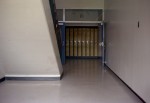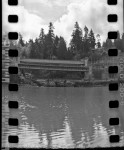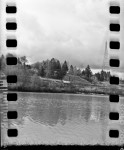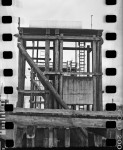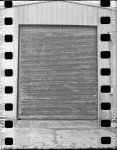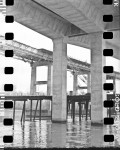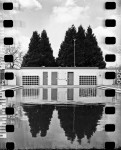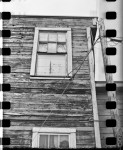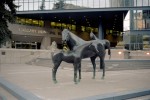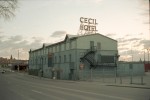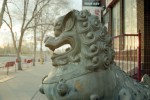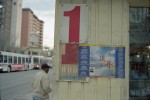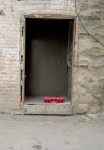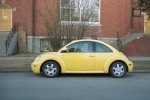Oct
8
2013
I’ve been forced to look for alternatives in having my film processed so I thought I would explore what the true costs of continuing to shoot film were for me.

So what did I discover? Well for one thing using less expensive film with 24 frames is a bit of false economy I might as well use the Kodak Ektar that I love so much because it works out to only pennies per frame difference over Fuji Superia. I also discovered that the instant film I am using isn’t prohibitively expensive. Yes it certainly is more than using 35mm film but it compares well to the cost of using medium format and don’t forget you get a print. What this chart doesn’t take into account though is just how much enjoyment I derive from using my film cameras. I might be slightly less inclined however to use a camera I know will give questionable results when it costs around $0.30 every time I click the shutter.
An update I’ve actually located a place that will develop C41 120 film at the same price as 35mm giving me a total cost of $1.22/0.82/0.61 per frame depending on the format I’m using.
no comments | tags: film, Photography | posted in Photography, Processing
Sep
15
2013
This is a mix of images from either the Canon G2 or the Canon Sure Shot Classic 120. I compared the two cameras outputs in Digital vs Film 2001 edition. I cropped the film images to match the aspect ratio of the digital cameras 1.333x 1 to make distinguishing the two a little harder. At these sizes it’s not always obvious which is which. I did my first exploration for the difference between film and digital in a post here The battle of 2001 and came to a similar conclusion so I will move forward in time next to see if I can find that illusive moment when digital photography exceeded film in its abilities for the average photographer free of all the marketing.
1 comment | tags: Canon, Digital, film | posted in Photography, Processing
Jul
29
2013

I was going for a still life painting look but I wasn’t necessarily going for a blurry camera shake effect.
no comments | posted in Photography, Processing
Jul
27
2013

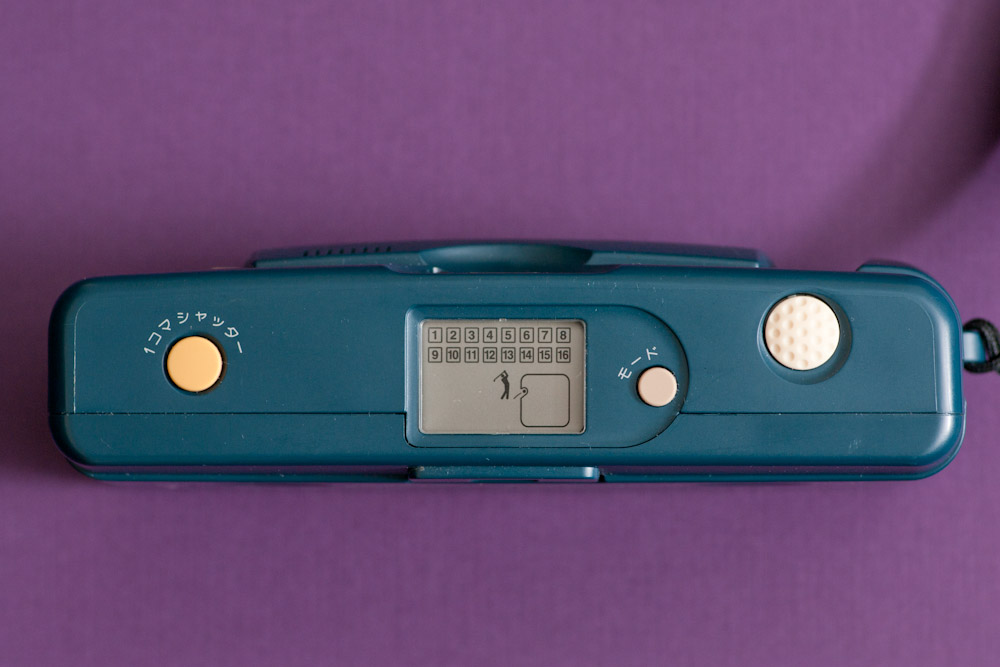
I’m often looking to expand my photography beyond the bounds of a single image either through multiple exposures or image pairs. Now I’ve found another tool the Fuji Rensha Cardia with its sixteen individual lenses. If the dimpled shutter release button isn’t enough to indicate that it was originally intended to record your golf swing then the icon of the guy swinging a golf club should probably drain the putt. The lenses can be released at two rapid speeds in one sequence or one at a time with the second button on the left. The sixteen little sub frames are recorded across two standard 35mm frames. Therefore the first frame contains the image from 1 to 4 on the top and 9 to 12 on the bottom.
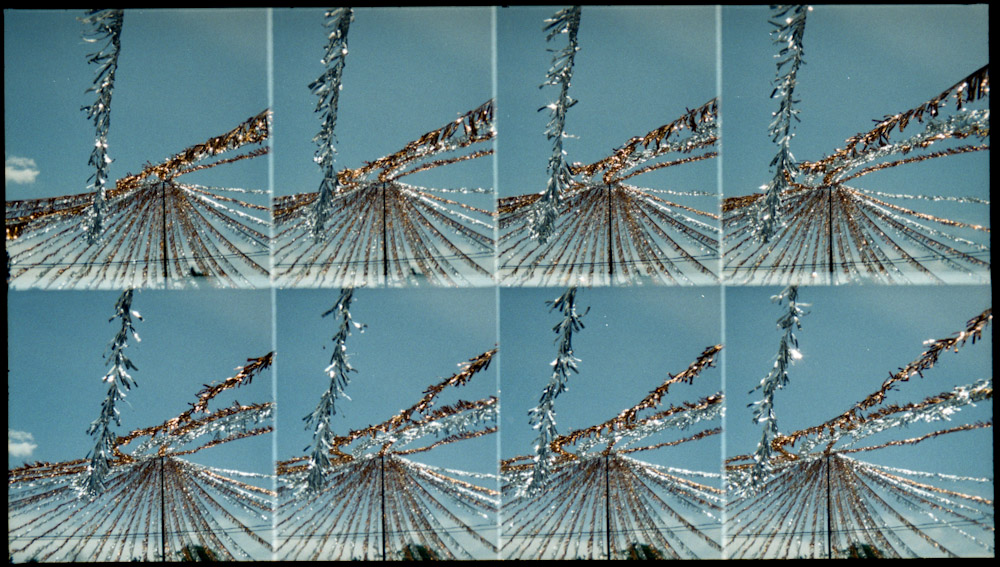
I created animations from the individual images like from the image above
And experimented with the individual shutter release in images like the one bellow. There are many more things that can be done within the 16 frames
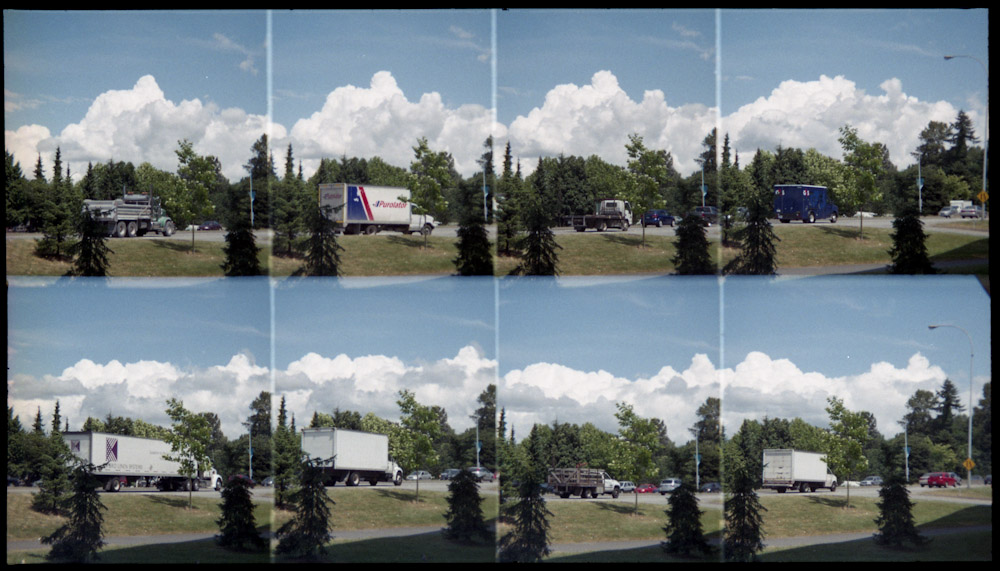
Yes you could shoot individual pictures with some form of digital camera or phone and then stitch them together but this is at least sixteen times more fun than doing that.
I put together a few animations that can be seen on Youtube
5 comments | tags: camera, film, Fuji | posted in Cameras, Photography, Processing
Jul
21
2013

I have been very impressed with Kodak Ektar and its fine grain and how well it scans but have shied away from 400 ISO films until necessity has forced my hand. I’ve found it increasingly hard to find inexpensive 200 ISO film so have migrated to using cheap 400 film for my everyday shooting. The results from this change have been encouraging enough for me to consider trying some better more expensive 400 films like Kodak Portra. Many people may not realize just how much of the movies are still shot on film, for example at the time I write this no Movie has won a best picture Oscar that was not shot on film. The point is that despite the steep drop off of still photography on film, development and use continued on the movie side unabated. In 2010 they released this formulation of Kodak Portra 400 which used the technological advancements that had been made there. The result as they claim is the worlds finest grained 400 ISO film and that it scans very well. I will take their word for it as it certainly scans well and is fine-grained I’m just not really on a quest to prove that.

I scanned this Negative at 4800 DPI on my Epson V700 scanner producing an image 6800×4500 (32Mpixels) but that is stretching things into the area of diminishing returns both for the film and the scanner. At 3200 DPI the image has as much detail so there is little need to create such large files. Almost all the scanned frames produced from this roll of film have details in both the highlights and shadows. This produces somewhat flat files without a lot of contrast but for my digital work flow this is fine in fact it is preferable, these files allow great latitude for manipulating them digitally.
no comments | tags: film, Photography | posted in Photography, Processing
Jul
13
2013

Kodak gold, old Kodak Gold, old Expired Kodak Gold is the most frustrating film to scan while showing the sprockets. It not only wants to coil into a tight little roll it wants to curl into a ball from the sides. Arrrrggg (That is the sound Of frustration) The curling was so bad that I couldn’t even scan it as colour because of all the shifts from the orange C41 mask, or hold it flat. That is why despite the film being labeled Gold-200 it’s converted to Black and White.

Switching to the Yashica 44’s ground glass from an SLR viewfinder or an LCD screen takes some adjustment as everything is mirrored. So to move an object on the glass to the left the camera needs to be turned to the right. I tend to tilt the horizon for some reason so the red lines are very helpful. Another added aid is the small magnifier (not shown here) that can be popped out to check focus on the glass. Modifying this camera (Yashica 44 35mm conversion) is a great way of making it usable again despite the fact that it is a film orphan. I will never use Kodak Gold in it again though.
no comments | tags: camera, film, Photography | posted in Cameras, Photography, Processing
Jul
8
2013
Nothing says Instant film quite like a 70’s camper van

no comments | tags: Fujifilm, instant, polaroid | posted in Photography, Processing
Jun
27
2013
To go along with my previous post about Kodak Portra 800 here are some more images from my first roll.
no comments | tags: film, Kodak | posted in Photography, Processing
Jun
16
2013
I’ve broken into my last remaining box of Polaroid Spectra. I now have 19 frames left after which I might try some Impossible Project film.

no comments | tags: #Polaroid #film | posted in Photography, Processing
Jun
1
2013

I have to admit I was a little disappointed at first with the results I got from this film but it may have been more about my expectations than the film itself. Adox describes it as having ‘Bursting Reds’ so I made sure that I shot a lot of red things. They also suggest that to get the best results for reds to shoot at 200 ISO while I shot the film at 100 ISO which is what was on the film canister. So to achieve closer to the result I was after I tweaked the reds in Lightroom as well as some other adjustments. This image demonstrates the difference. 
And of course the grain is pretty extreme, as they say no one is going to mistake that for digital. In the end though I got what I deserved 36 frames with a very different look.
1 comment | tags: adox, film, Photography | posted in Photography, Processing


